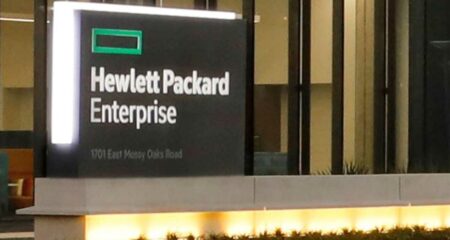
Forget about the opportunities that innovative technologies such as artificial intelligence, machine learning and the Internet of things can provide through hyperscale computing. The most important factor influencing South African decision makers when it comes to the cloud is cost.
In the recent Enterprise Cloud Index Report, released by Nutanix, it can be seen that over the past 12 months, many local companies have done an about-turn when it comes to how they approach the cloud. When the cloud first factored into the corporate agenda many years ago, the focus was on making the transition as quickly as possible to extract the best cost (and security) benefits.
But in the rush to become part of the “cloud club”, decision makers neglected to build the move around traditional business practices. In other words, they wanted to move so much they paid very little attention to the optimal configuration of their public cloud infrastructure and even whether there were real cost benefits to be had.
Fast-forward to the present and South Africa has joined other parts of the world in taking a step back to evaluate the efficacy of the cloud and examining the merits of rather going the hybrid route. This has been made possible as a result of the experiences gained in the public environment and adjusting their thinking given the maturity of the cloud market.
Many companies are realising that the decision-making process is more nuanced than simply moving to public cloud to save money on upfront capital costs. Those initial returns, though substantial, may not persevere long-term, depending on the nature of the workload in the cloud, the fluctuating pricing landscape and other factors.
Expense management
Moreover, the hybrid cloud model, which will afford dynamic choice about where to run each workload, has been earmarked as the ideal IT environment going forward.
But this does not necessarily mean it will be a straightforward transition. Given the lessons learnt in adopting the public cloud too quickly, there is an understandable level of hesitance as businesses re-evaluate where they can get the best returns whether that is on cost, security, performance or something else.
Unlike many other countries where the focus is on security and compliance from a cloud perspective, local companies tend to remain focused on cost. This should hardly come as a surprise given how many businesses have gone over budget with their public cloud spend. It has now become a case of once bitten, twice shy.
Having a lower total cost of ownership as the primary benefit of the cloud remains front and centre in the hearts, if not the minds, of decision makers. And this is despite the unforeseen costs associated with going the public cloud route.
A hybrid selection
Because of this, it makes sense that going the hybrid route is an enticing option for those who have experience with the public cloud. A hybrid environment not only provides for interoperability between cloud types, it also empowers companies to choose the best cost model for each workload.
For cost-conscious South African businesses, this is proving to be too good a combination to pass up. Add in additional benefits such as data security and compliance with continually evolving regulatory requirements, and the hybrid cloud becomes a fundamental part of any ICT strategy in the coming months and years.
In many respects, hybrid equals control. Unlike the public cloud where businesses entrust all aspects of their IT infrastructure to a third party, going hybrid means they can adjust their requirements as they see fit and use elements of the cloud on a needs-basis.
 Going hybrid ensures the company can keep its critical data in a private environment while still being able to quickly leverage the computational power of the cloud to increase operational capacity. This makes it ideal for organisations of all sizes to use the likes of AI, machine learning, automation and so on. Suddenly, an SME can compete with an enterprise in a more affordable and effective way.
Going hybrid ensures the company can keep its critical data in a private environment while still being able to quickly leverage the computational power of the cloud to increase operational capacity. This makes it ideal for organisations of all sizes to use the likes of AI, machine learning, automation and so on. Suddenly, an SME can compete with an enterprise in a more affordable and effective way.
Even though there might not be an immediate move toward hybrid environments, this will start developing naturally over the course of the next three to four years. Each organisation has different requirements, but in a cost-sensitive market such as South Africa, this will remain the golden thread driving cloud decision-making at least for the foreseeable future.
- Paul Ruinaard is country manager at Nutanix sub-Saharan Africa
- This promoted content was paid for by the party concerned




